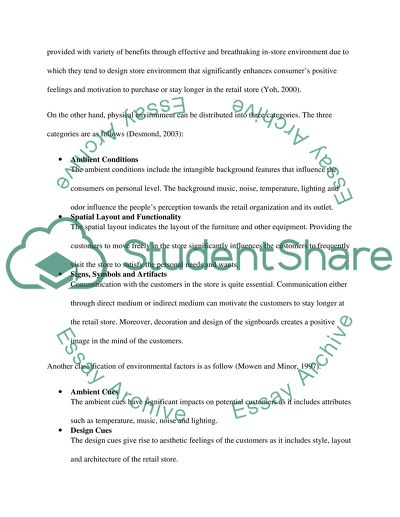Cite this document
(“The internal physical surroundings of a retail outlet have important Essay”, n.d.)
Retrieved from https://studentshare.org/marketing/1481741-the-internal-physical-surroundings-of-a-retail
Retrieved from https://studentshare.org/marketing/1481741-the-internal-physical-surroundings-of-a-retail
(The Internal Physical Surroundings of a Retail Outlet Have Important Essay)
https://studentshare.org/marketing/1481741-the-internal-physical-surroundings-of-a-retail.
https://studentshare.org/marketing/1481741-the-internal-physical-surroundings-of-a-retail.
“The Internal Physical Surroundings of a Retail Outlet Have Important Essay”, n.d. https://studentshare.org/marketing/1481741-the-internal-physical-surroundings-of-a-retail.


